The Optimal Growth Path: Why Retention Should Come Before Revenue
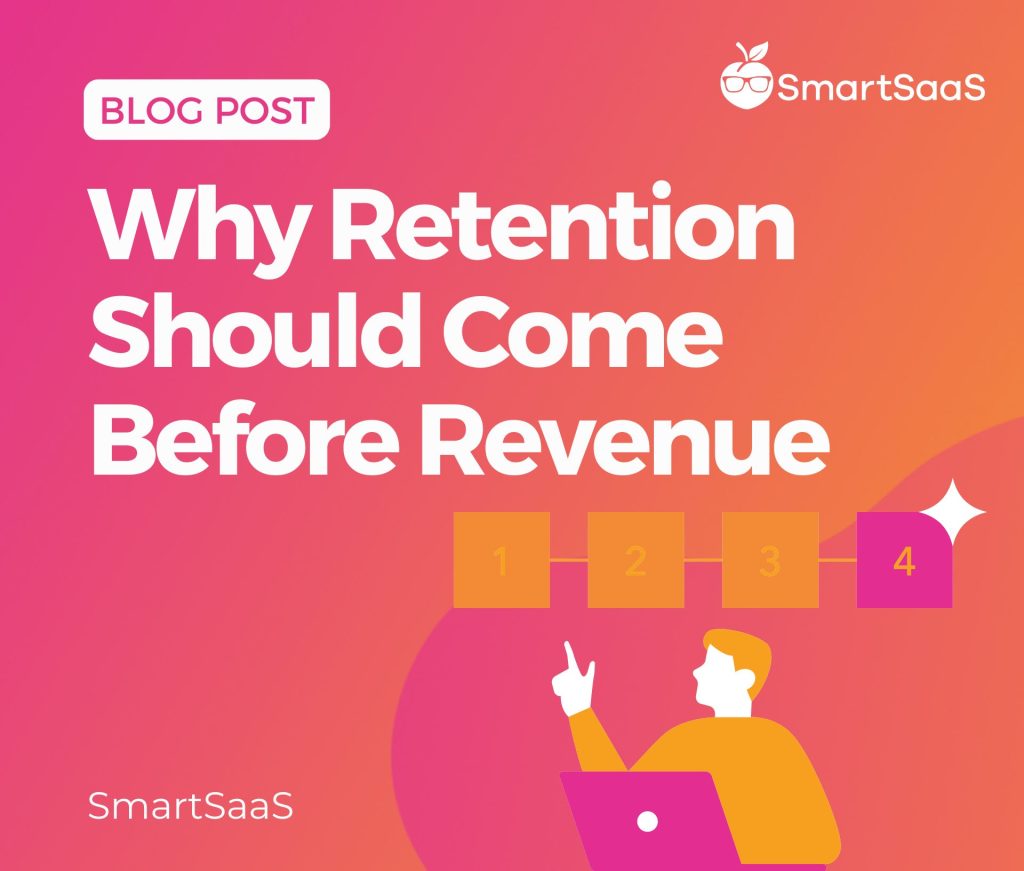
When it comes to business growth, it’s easy to get caught up in chasing new revenue. More customers, more sales, more expansion—these are the obvious signs of success. But growth isn’t just about how fast you can scale. It’s about how sustainably you can grow.
One of the smartest moves a business can make is to focus on customer retention before aggressively pushing for revenue growth. Because while acquiring new customers is important, keeping the ones you already have is what turns short-term wins into long-term success.
Let’s discuss why retention should be your first priority, how it leads to more stable growth, and what steps you can take to strengthen your retention strategy.
Understanding the Growth Paths: Retention First or Revenue First?
Every business wants to grow, but the path to sustainable growth isn’t always straightforward. The big question is: should you focus on acquiring as many customers as possible first, or should you prioritize keeping the customers you already have?
Both paths can lead to growth, but they come with very different risks and rewards. Let’s break down the two approaches and explore which one leads to more sustainable success.
Option A: Focus on Retention First
In this approach, businesses prioritize building strong customer retention before aggressively pursuing new revenue growth. The goal is to make sure that when customers come in, they stick around.
This means focusing on improving the customer experience, reducing churn, and delivering consistent value over time.
What is the benefit of this path? Once you’ve locked in loyal customers, scaling revenue becomes smoother and more sustainable.
These customers are more likely to make repeat purchases, refer others, and contribute more value over time. Plus, businesses that focus on retention can grow more confidently, knowing their customer base isn’t slipping away just as fast as it’s growing.
Option B: Focus on Revenue Growth First
This path prioritizes acquiring new customers and scaling revenue as quickly as possible. Retention becomes an afterthought, with the assumption that it can be fixed later.
But here’s the problem: if customers aren’t sticking around, fast growth can quickly become unstable. You end up spending more just to replace the customers you’re losing.
And with customer acquisition costs (CAC) rising—by 60-75% from 2014 to 2019 alone—this approach becomes riskier and more expensive over time.
Fixing retention issues later is not only harder but also more costly. It’s like trying to patch holes in a sinking ship while sailing at full speed. The longer retention problems are ignored, the bigger they become.
Which Path Leads to Sustainable Growth?
While both paths can lead to growth, focusing on retention first (Option A) is the smarter, more sustainable approach. It’s easier to scale revenue when you’re not constantly replacing lost customers.
Retained customers drive repeat purchases, contribute to long-term profitability, and often become brand advocates—making future acquisition easier and cheaper.
In contrast, trying to fix retention later (Option B) can stall growth, drain resources, and make scaling much more difficult.
The bottom line? Get retention right first. Once your foundation is solid, you can scale revenue with confidence, knowing that new customers will stick around and contribute to long-term growth.
Why Retention Should Be Your First Focus
It’s tempting to focus on acquiring as many new customers as possible. After all, more customers mean more sales, right?
But without strong retention, fast growth can turn into fast losses. Customers might come in—but if they’re leaving just as quickly, it’s like pouring water into a leaking bucket.
Here’s why focusing on retention first is the smarter move:
1. Retained Customers Are More Profitable
It costs significantly less to keep an existing customer than to acquire a new one. In fact, businesses that invest in loyalty programs see repeat purchases increase by 60%, proving that retention strategies directly impact profitability.
Retained customers also tend to spend more over time. The longer a customer stays, the more they trust your brand, explore additional products, and even invest in premium offers.
Plus, loyal customers are more likely to refer others, helping you grow without the heavy price tag of acquisition.
2. Retention Strengthens Your Growth Foundation
Growth isn’t just about how many new customers you can bring in—it’s about how many you can keep. Retention ensures that your growth isn’t a temporary spike but a steady, upward path.
When customers stick around, you create a stable revenue base. This means less pressure to constantly chase new leads just to maintain your numbers. It also gives your business more predictability, making it easier to plan for long-term growth.
3. Scaling Becomes Easier When Retention is Strong
Once you know that customers love your product and are sticking around, it’s much easier to confidently invest in scaling strategies.
You can put more resources into marketing and sales, knowing that the customers you attract are more likely to stay and contribute to long-term revenue.
On the other hand, scaling while still struggling with retention can be risky. If customers churn quickly, you’re essentially starting from scratch with every new sale—making growth harder and less sustainable.
How to Strengthen Retention Before Scaling Revenue
If retention is the foundation for sustainable growth, the next question is: how do you actually build strong retention?
It’s about creating experiences that keep customers coming back, ensuring they feel valued, and addressing their needs long before you ramp up acquisition. Here are a few practical ways to focus on retention first.
1. Invest in a Strong Onboarding Experience
The first impression matters. If customers feel confused, frustrated, or overwhelmed early on, they’re more likely to leave. That’s why a smooth onboarding process is one of the easiest ways to improve retention.
Start by making the initial experience as simple and intuitive as possible. Focus on helping customers understand your product quickly and highlight small wins they can achieve early. When customers experience immediate value, they’re more likely to stick around.
It’s also important to offer support right from the start—whether through tutorials, welcome emails, or personalized check-ins—to make sure they feel confident using your product.
Good onboarding isn’t just about functionality. It’s about helping customers feel successful from day one. And the more positive their early experiences, the more likely they are to stay for the long haul.
2. Focus on Customer Satisfaction and Feedback
Retention isn’t just about delivering a great product—it’s about making sure customers feel valued throughout their journey. Regular feedback loops can help you understand what’s working and what needs improvement.
This could be as simple as sending a quick survey after a purchase or inviting customers to share their experiences in a feedback form.
But gathering feedback is only part of the process. Acting on it is what makes the difference. If customers highlight recurring issues, resolving them promptly shows you’re listening.
And when customers suggest new features or improvements, implementing them where possible creates a sense of collaboration and trust.
Personalization also plays a huge role. When customers feel like your business understands their unique needs, they’re more likely to stick around.
3. Build a Customer-Centric Culture
Retention isn’t the job of just one team—it’s a mindset that needs to be embedded across the entire business. Every interaction a customer has, from their first sales call to post-purchase support, should feel seamless and positive.
This starts with aligning teams around a shared goal: customer success. Sales, marketing, and support teams should all have a clear understanding of how they contribute to the customer experience.
It’s also helpful to track retention-focused metrics and celebrate wins, whether it’s a month with lower churn rates or positive customer reviews that highlight great service.
Creating moments of delight can also strengthen loyalty. These don’t have to be big or expensive gestures—small, thoughtful actions like personalized thank-you notes or surprise discounts can leave a lasting impression.
The goal is to make every customer feel like they matter. Because when customers know they’re valued, they’re far more likely to stay and continue supporting your growth.
In fact, a study found that when customers have a positive experience with a brand, they end up spending 140% more over time compared to those who have a negative experience.
When to Focus on Scaling Revenue
Once you’ve built a strong foundation for retention, scaling revenue becomes a much smoother and less risky process. But how do you know when it’s the right time to shift focus from keeping customers to bringing in more?
The answer lies in the strength of your retention metrics and the stability of your customer experience. Here’s how to assess when you’re ready to scale.
1. Retention is Consistent and Strong
Before focusing on revenue growth, make sure your retention metrics show consistent results. If customers are sticking around for longer periods, making repeat purchases, and showing satisfaction through feedback, it’s a strong sign that your foundation is solid.
Retention isn’t about perfection, but it is about stability. If you notice that churn is decreasing and customers are actively engaging with your product over time, it means you’ve created an experience worth staying for.
This is the kind of loyalty that makes scaling safer—because every new customer you acquire is more likely to stay and contribute long-term.
2. You’ve Built Reliable Feedback Loops
Feedback doesn’t stop once retention is strong. Consistent feedback loops are essential for keeping a pulse on customer needs as you grow.
If you’ve developed reliable ways to gather and act on customer input—like surveys, user interviews, and engagement metrics—you’ll be better equipped to scale without sacrificing quality.
These insights will help you fine-tune your scaling efforts, ensuring that as you reach new audiences, you continue to meet their needs and expectations. And when customers feel heard and valued, they’re more likely to stick around—making scaling efforts more successful.
3. Your Customer Experience is Scalable
Strong retention often comes from personalized, thoughtful customer experiences. But when it’s time to scale, you’ll need to ensure those experiences can grow with your business.
This means having processes in place that let you maintain quality at a larger scale. For example, automating personalized emails, streamlining onboarding, or investing in scalable support solutions can help maintain a positive experience as your customer base grows.
If you’re confident that the experience you offer today can be replicated for more customers tomorrow, you’re ready to focus on bringing in more revenue.
4. You Have a Clear Strategy for Growth
Scaling revenue isn’t about doing more of everything—it’s about doing more of what works. Once you’ve built a strong retention foundation, you should have clearer insights into which strategies attract the right customers.
This is the time to double down on channels and tactics that deliver the best results, whether that’s refining your sales funnel, expanding your marketing efforts, or exploring new markets.
A clear growth strategy ensures you’re scaling efficiently, rather than chasing numbers without a plan.
To Wrap Things Up
Sustainable growth doesn’t happen by chance—it starts with strong retention. When you prioritize keeping customers happy and engaged, scaling revenue becomes easier, more predictable, and far less risky.
The businesses that succeed long-term are the ones that build a solid foundation first, ensuring that every new customer adds lasting value.
Retention isn’t just about reducing churn—it’s about creating experiences that customers want to return to. And once you’ve built that trust and loyalty, every effort to grow revenue becomes more efficient and impactful.
Don’t rush growth at the expense of stability. Focus on keeping your customers first, and growth will follow naturally.

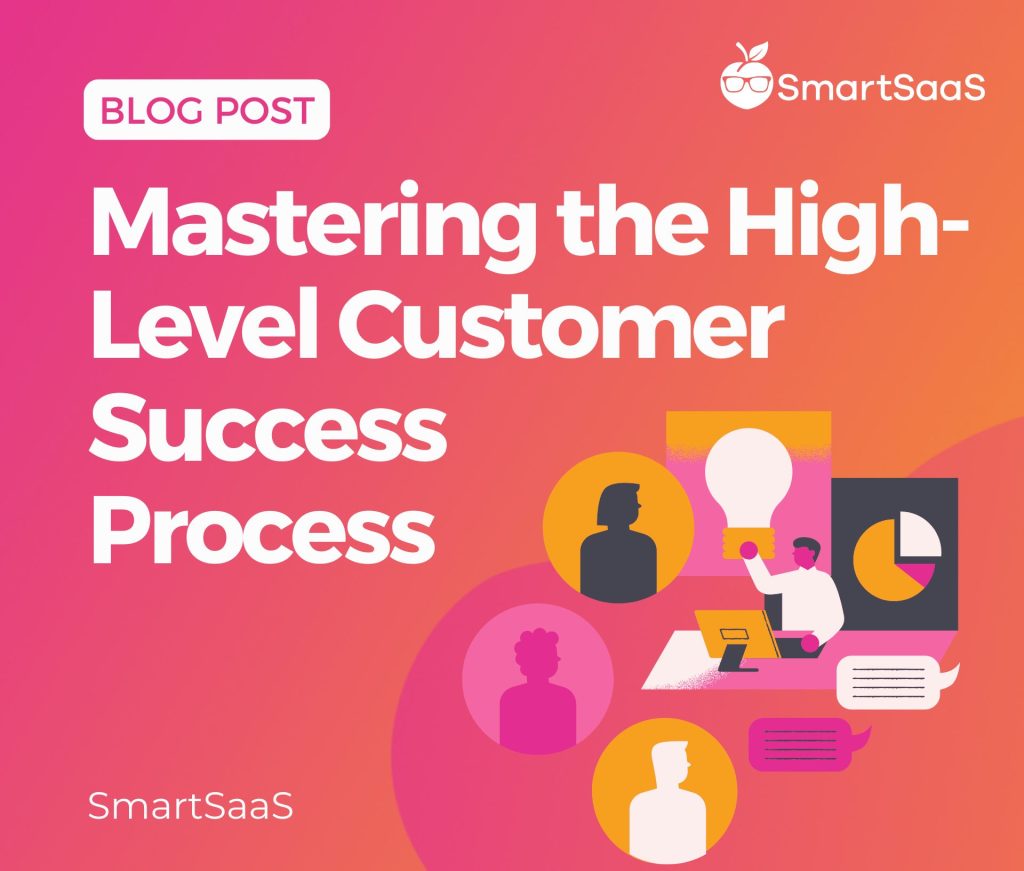
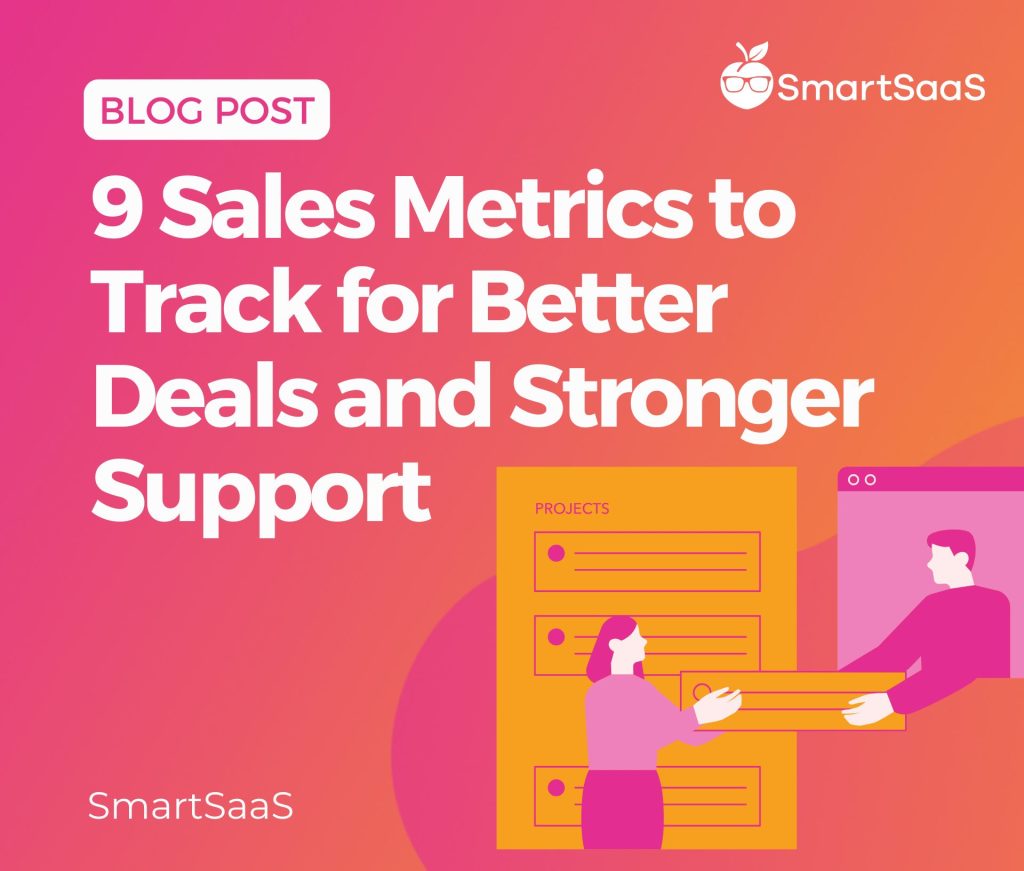

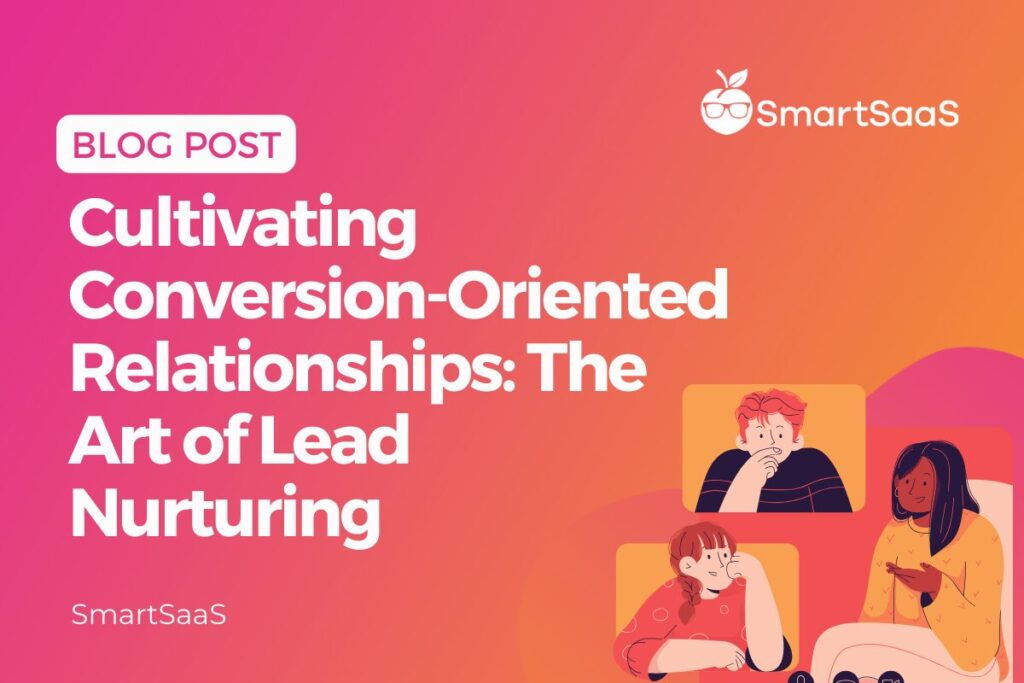
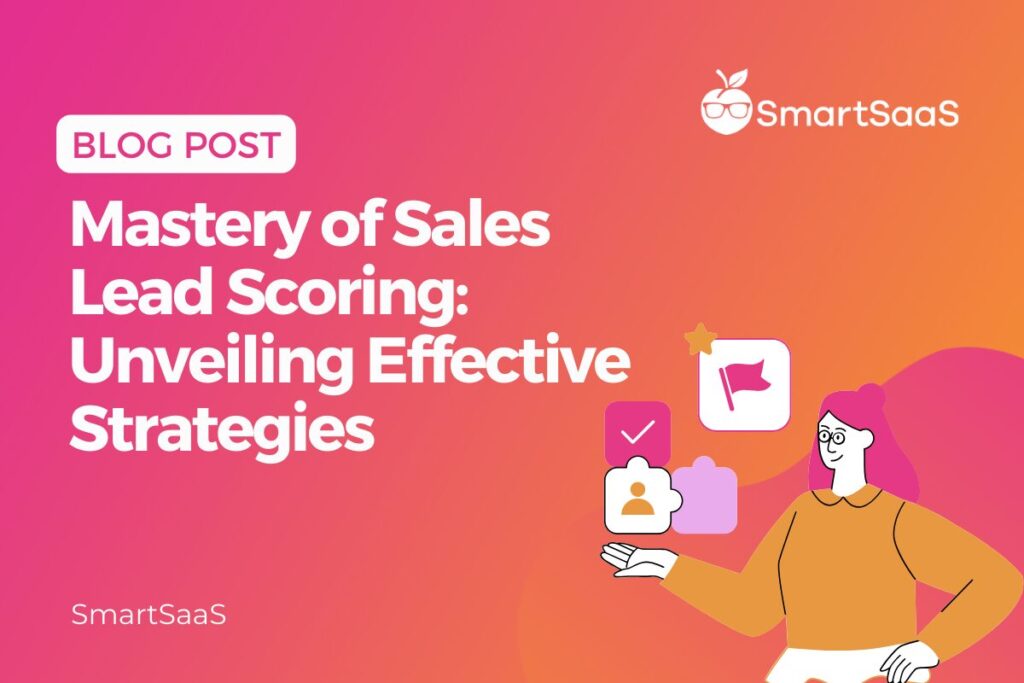
Responses